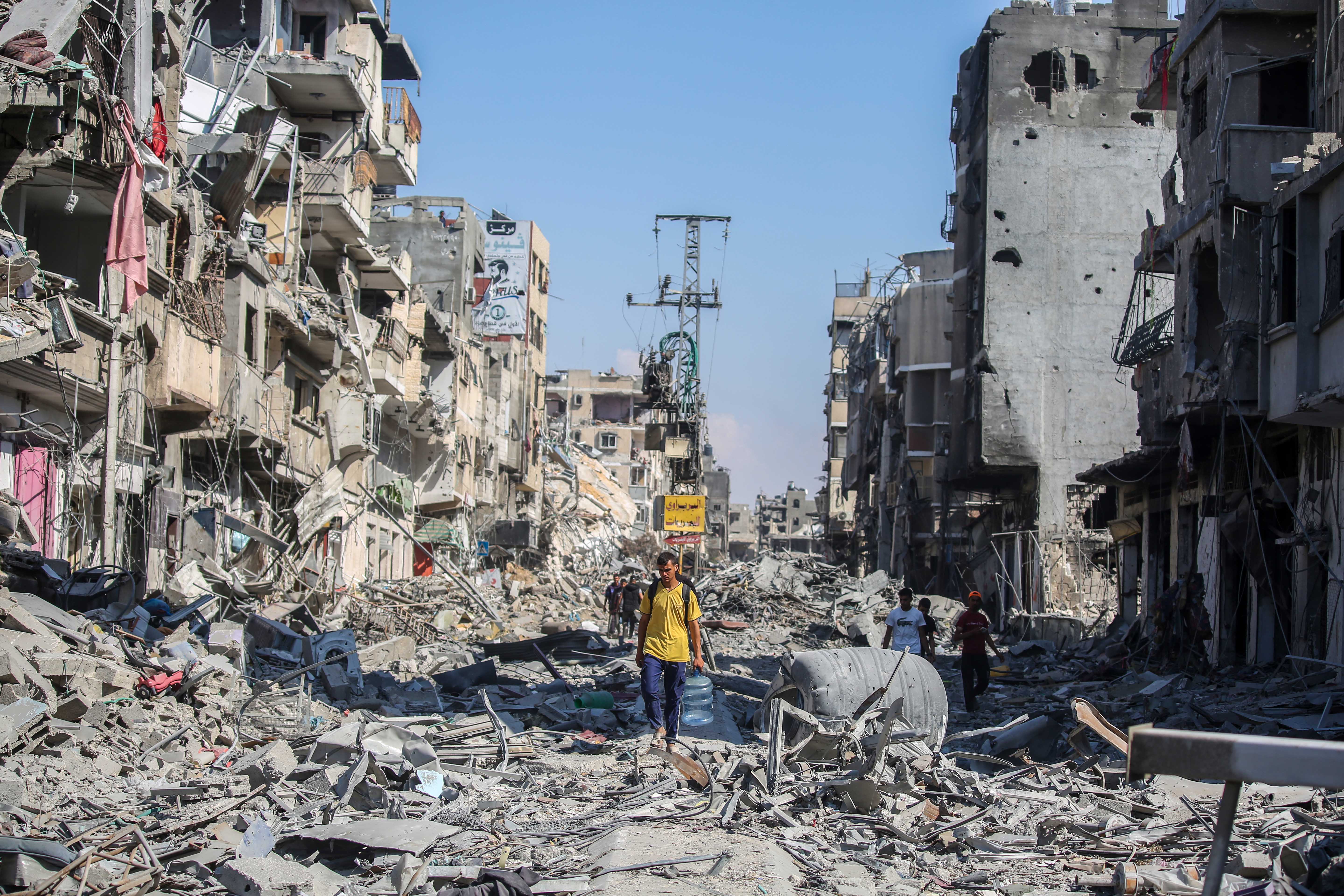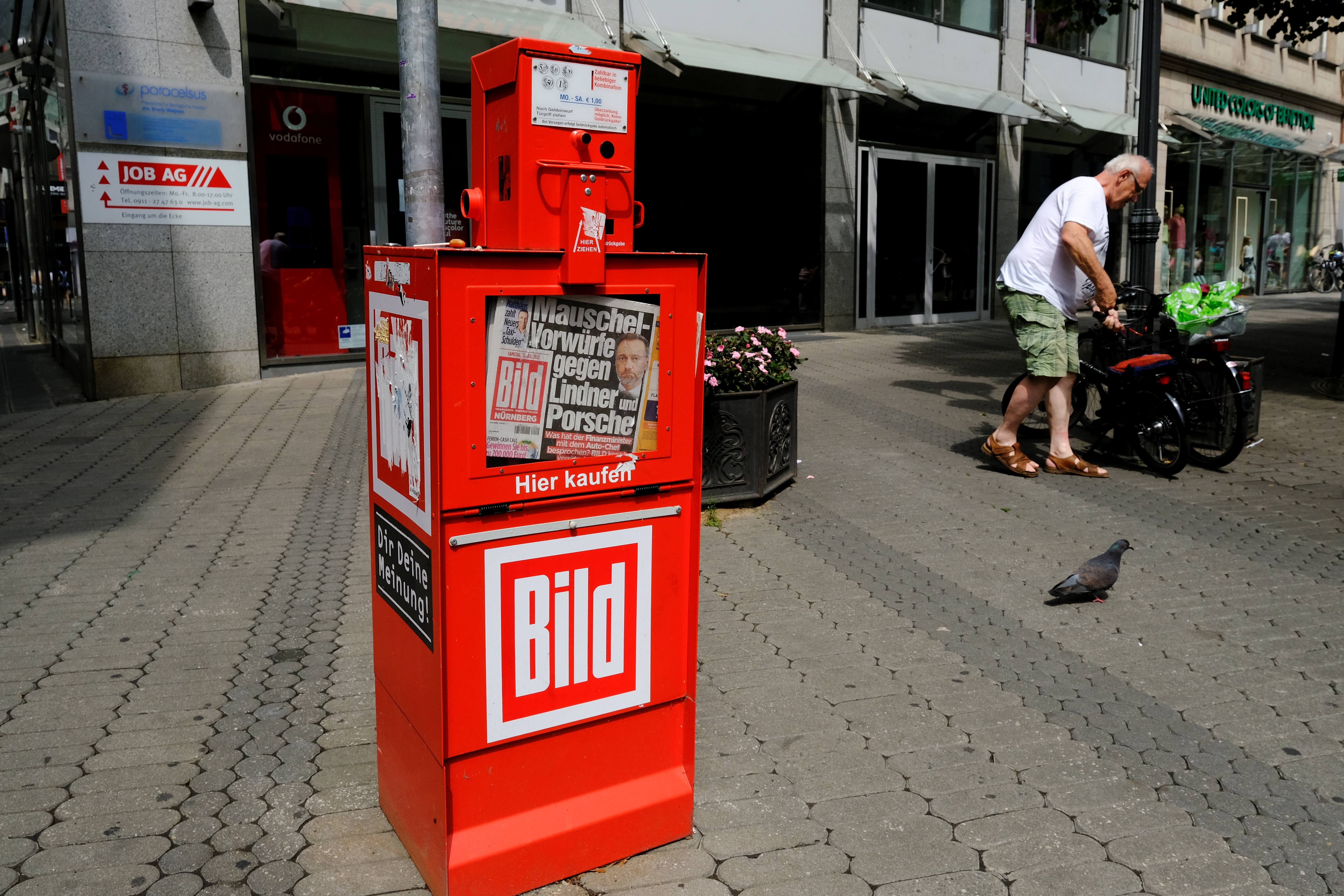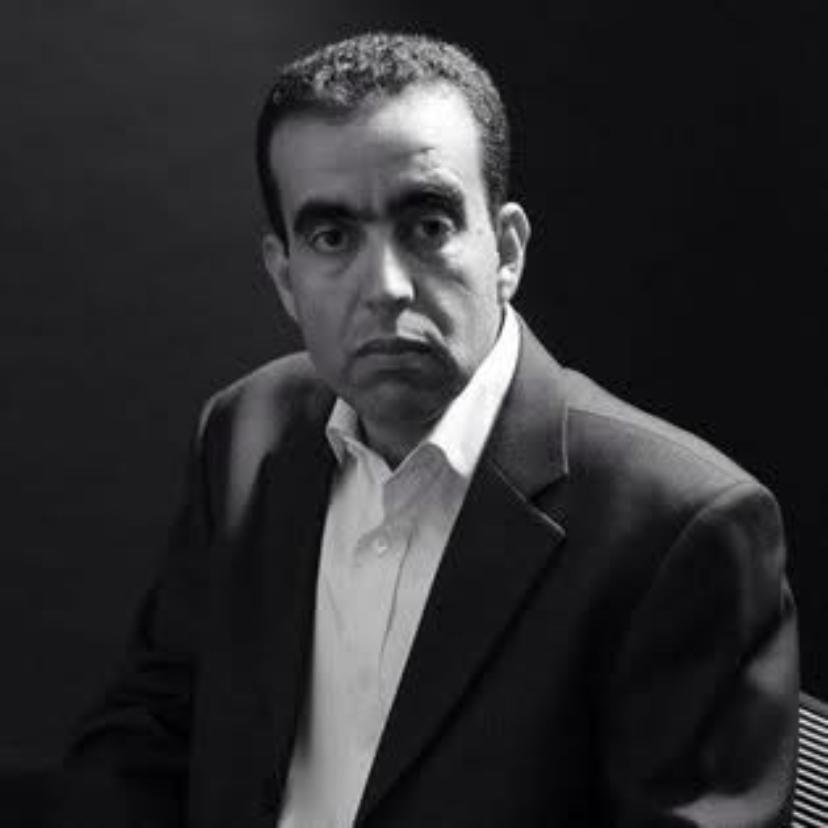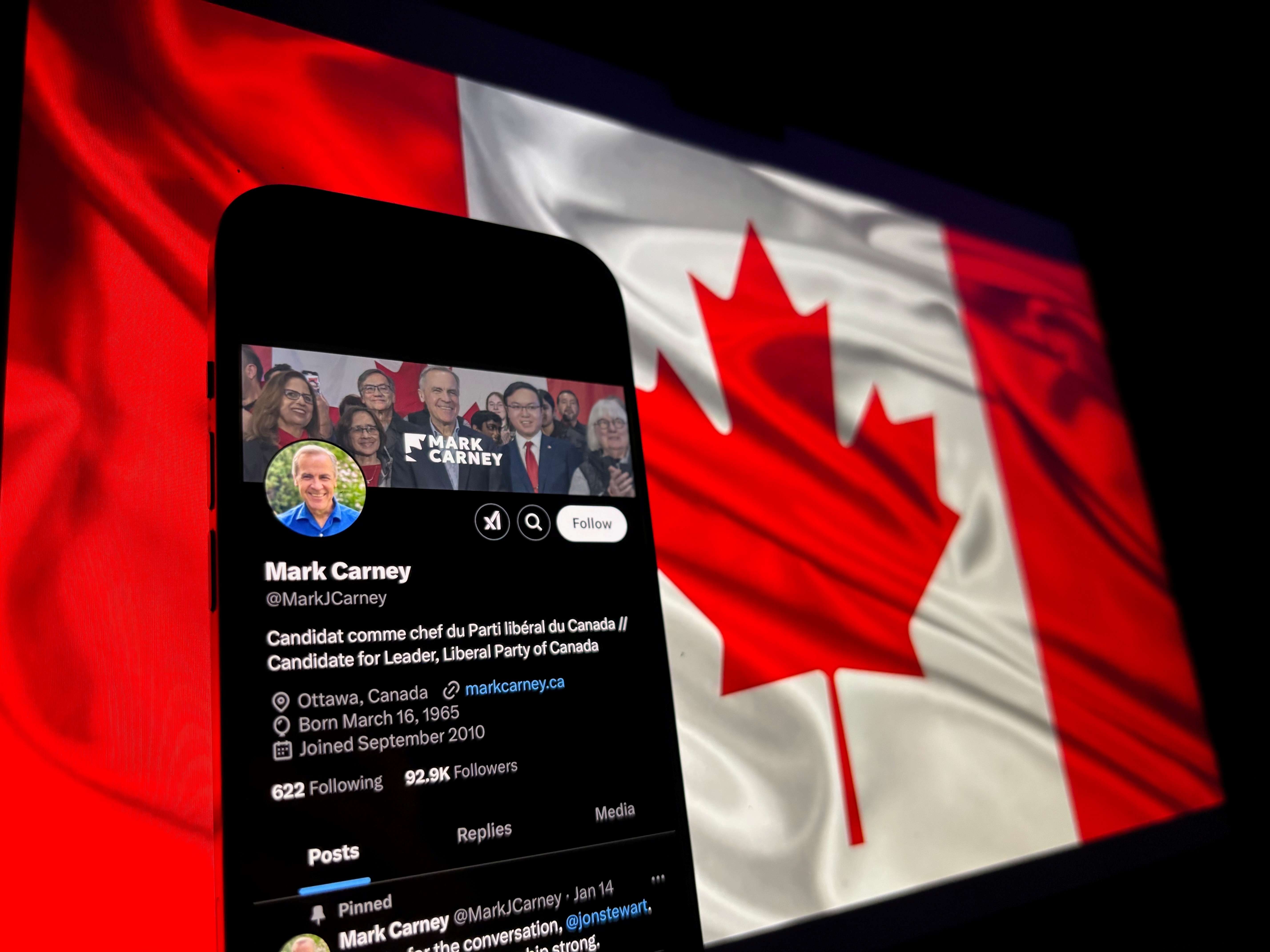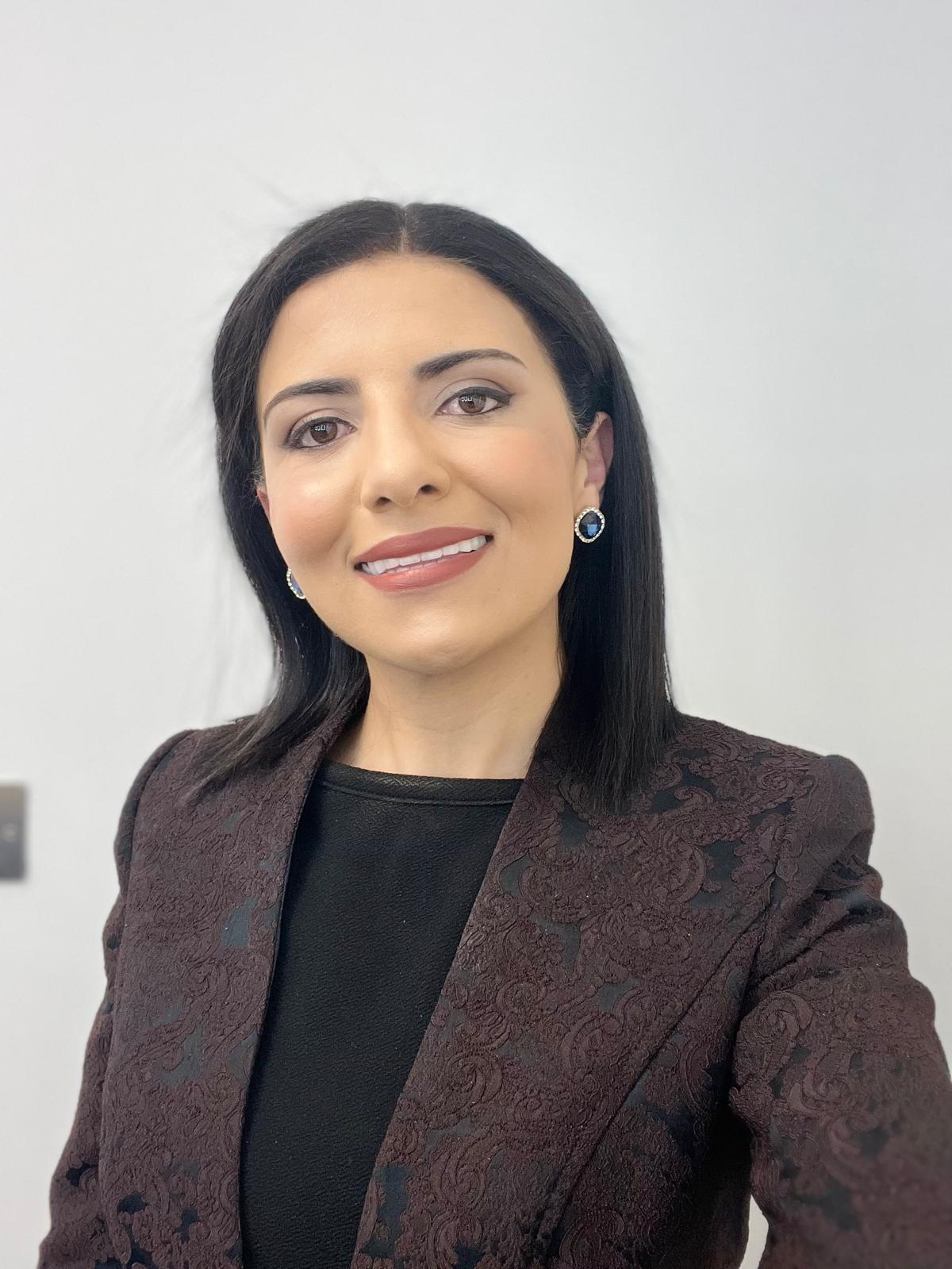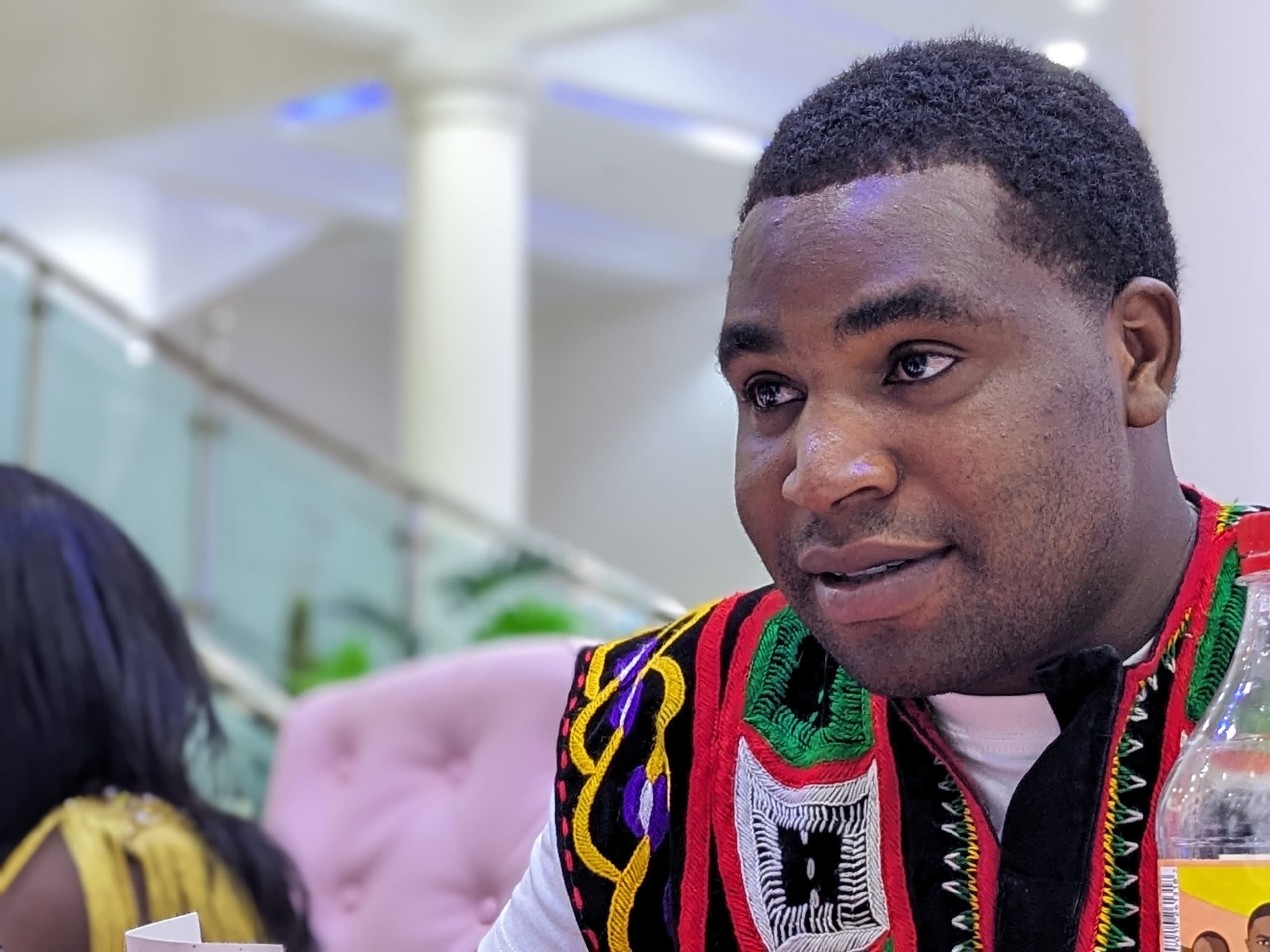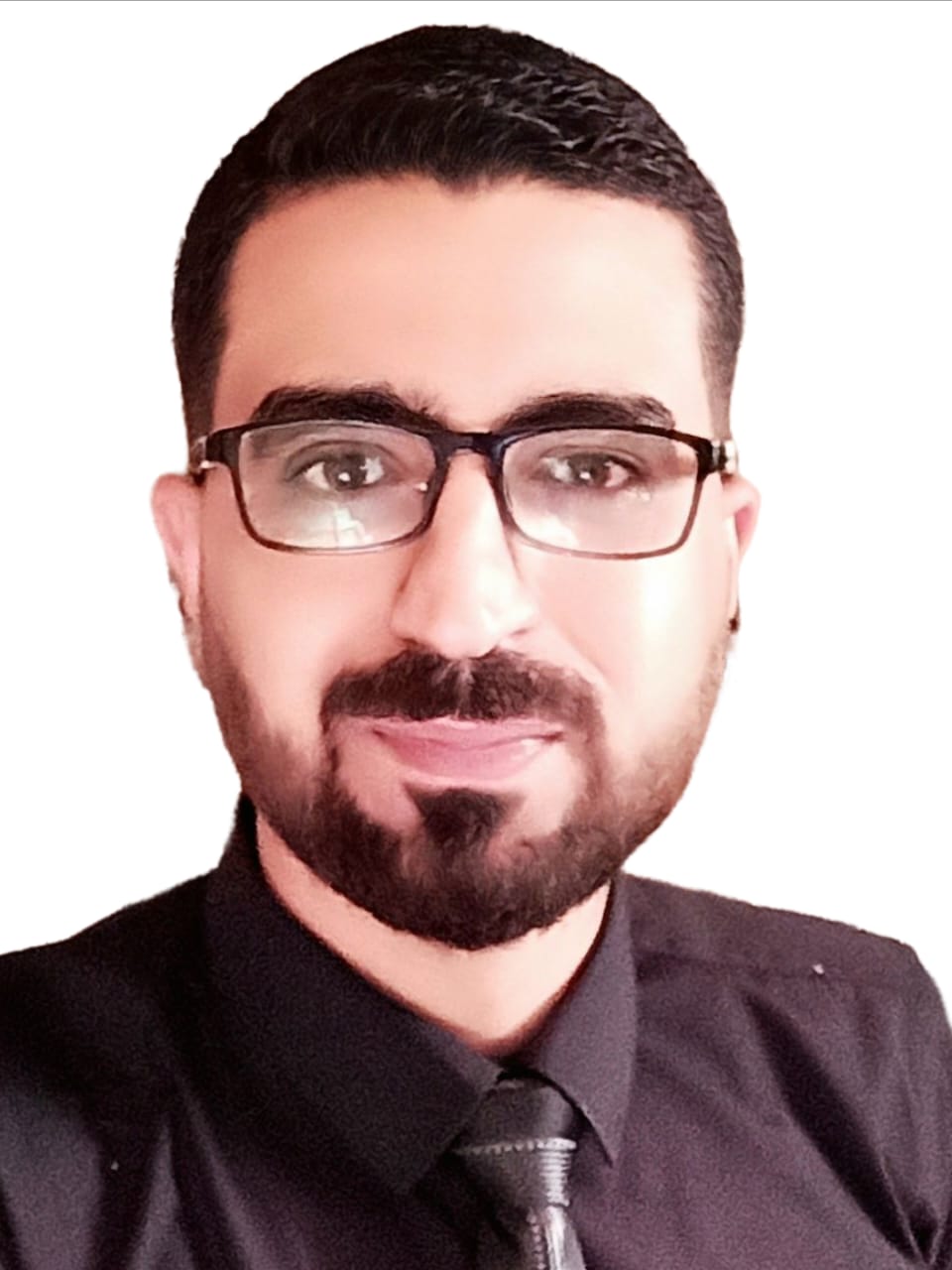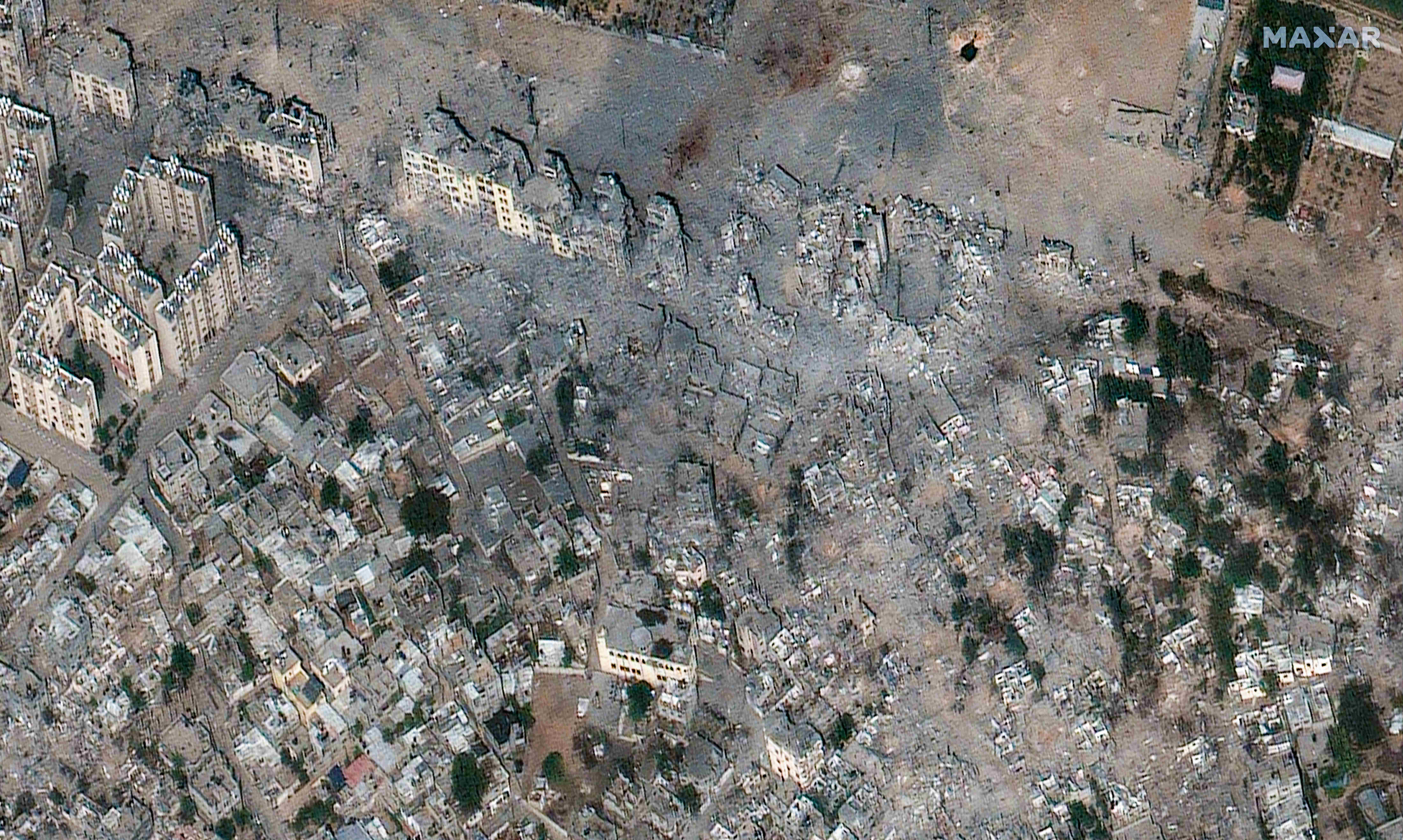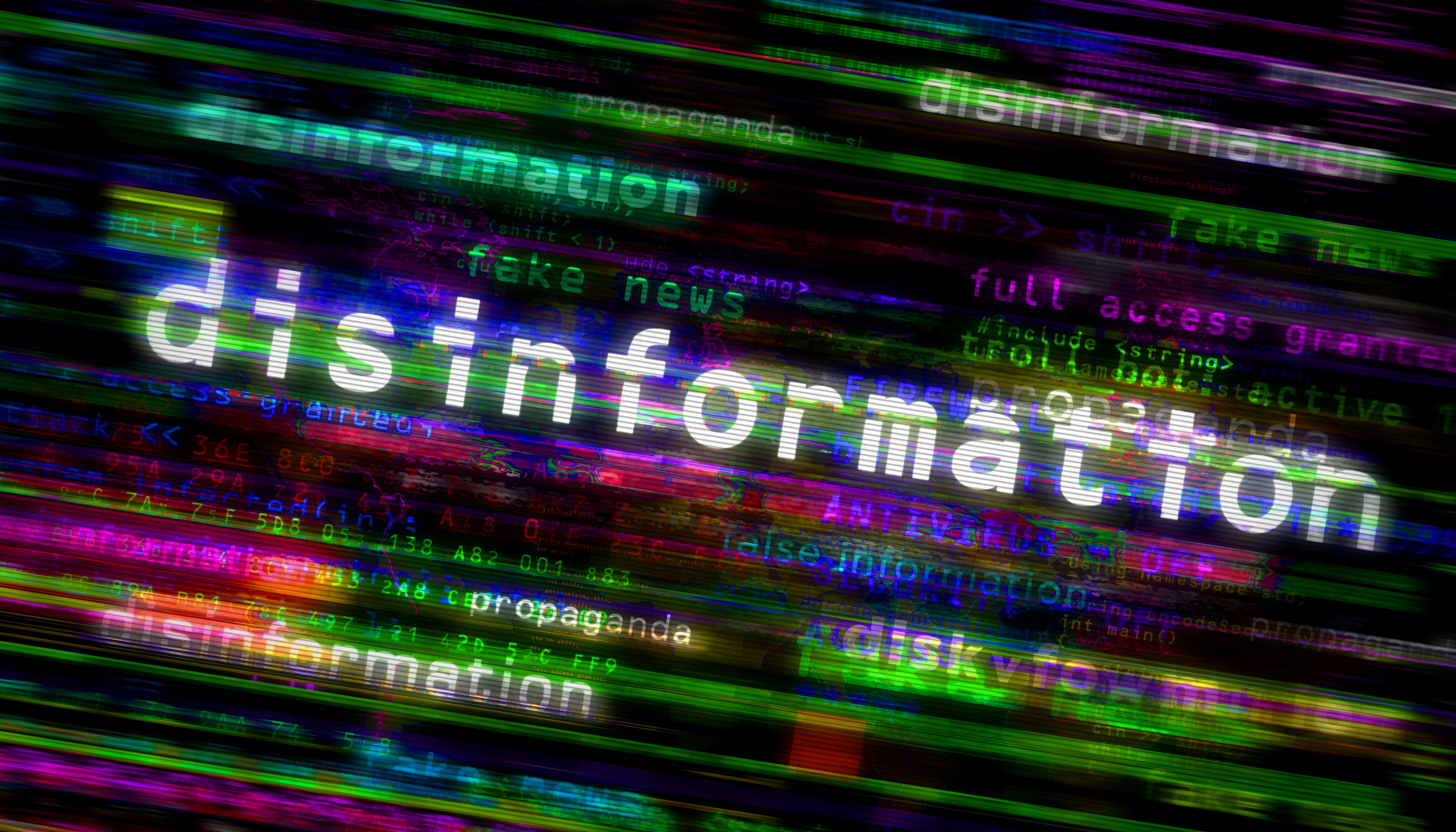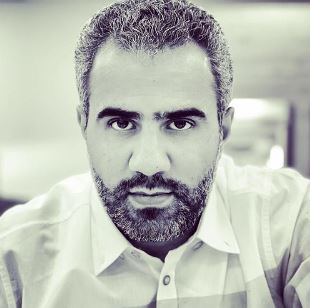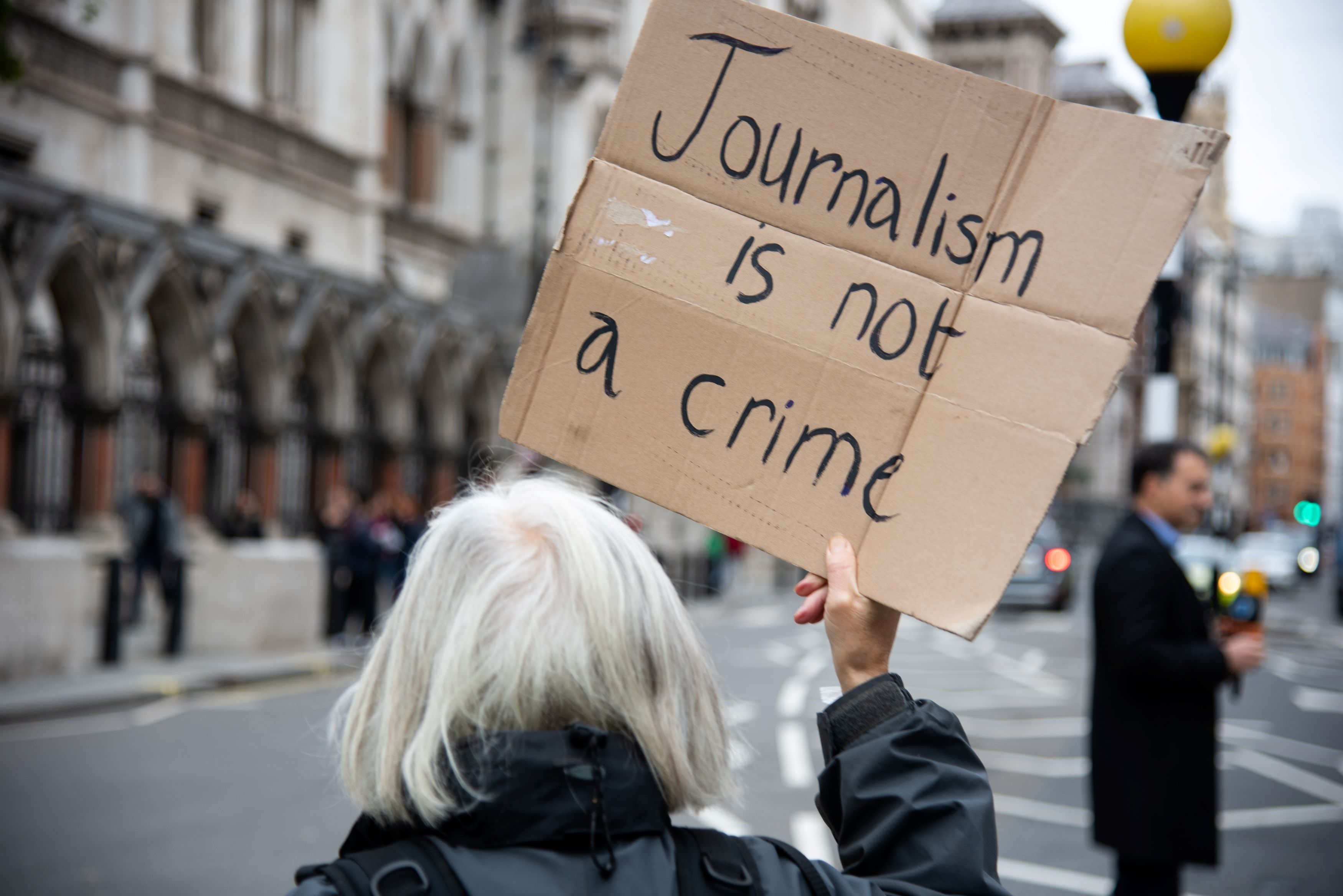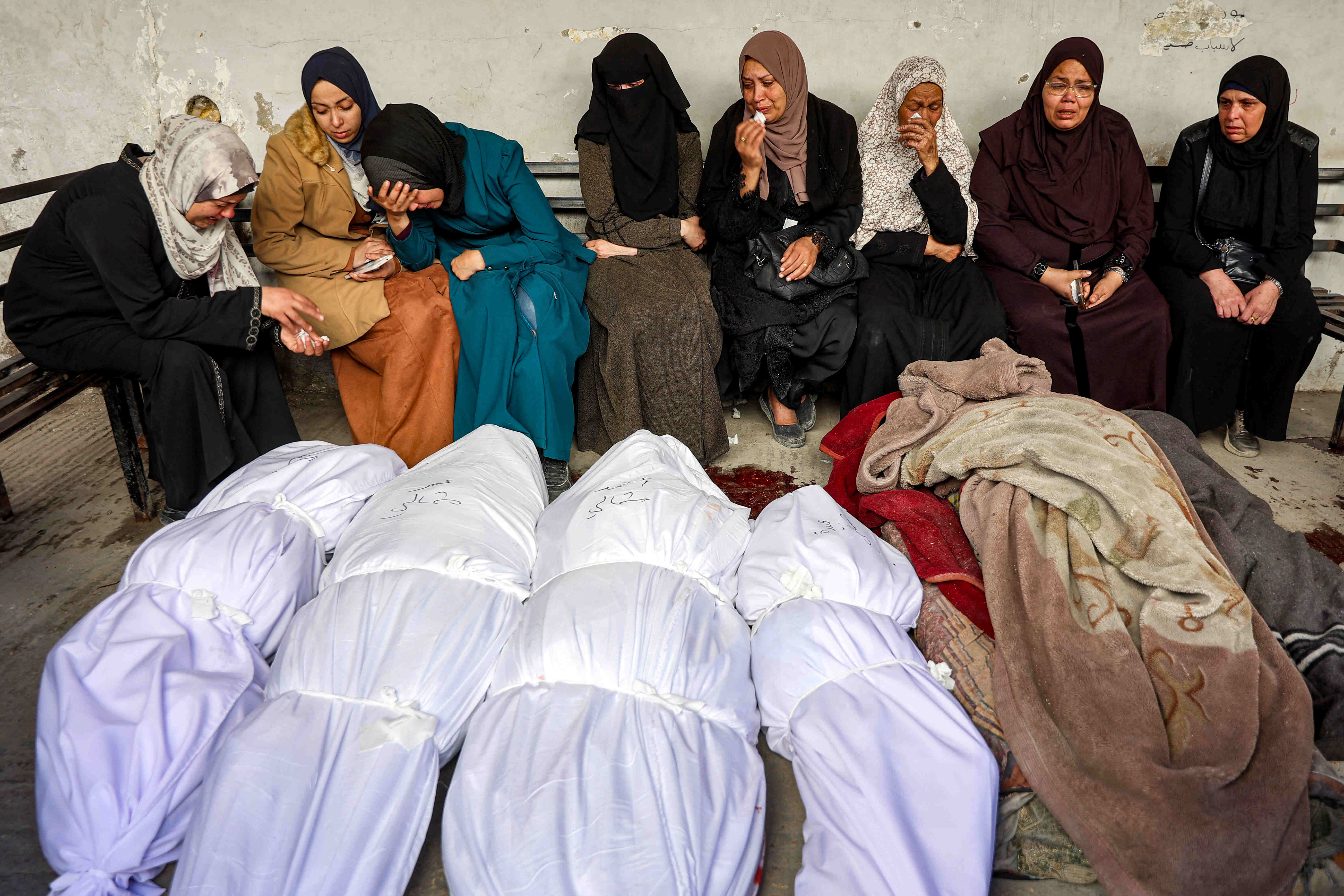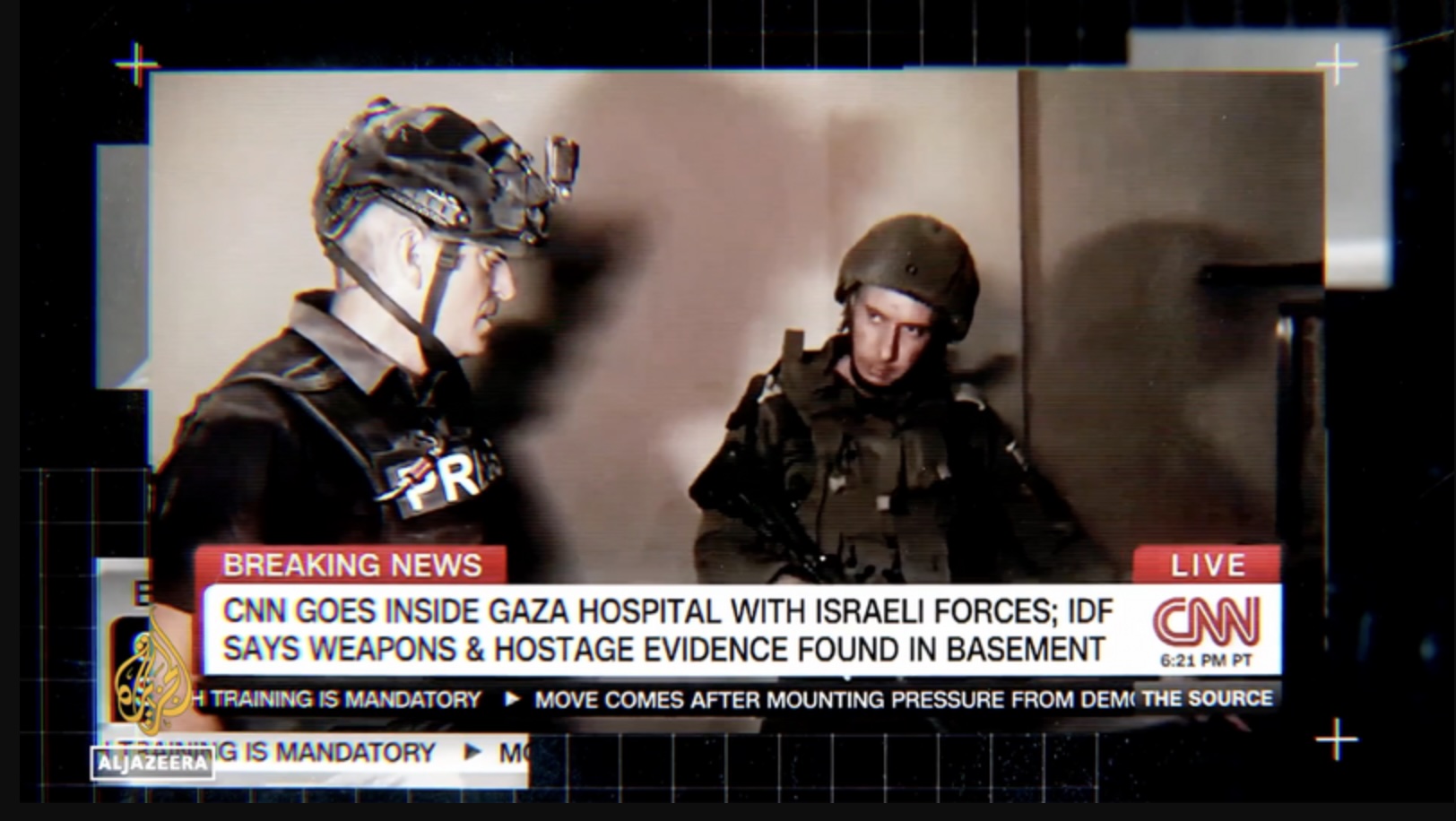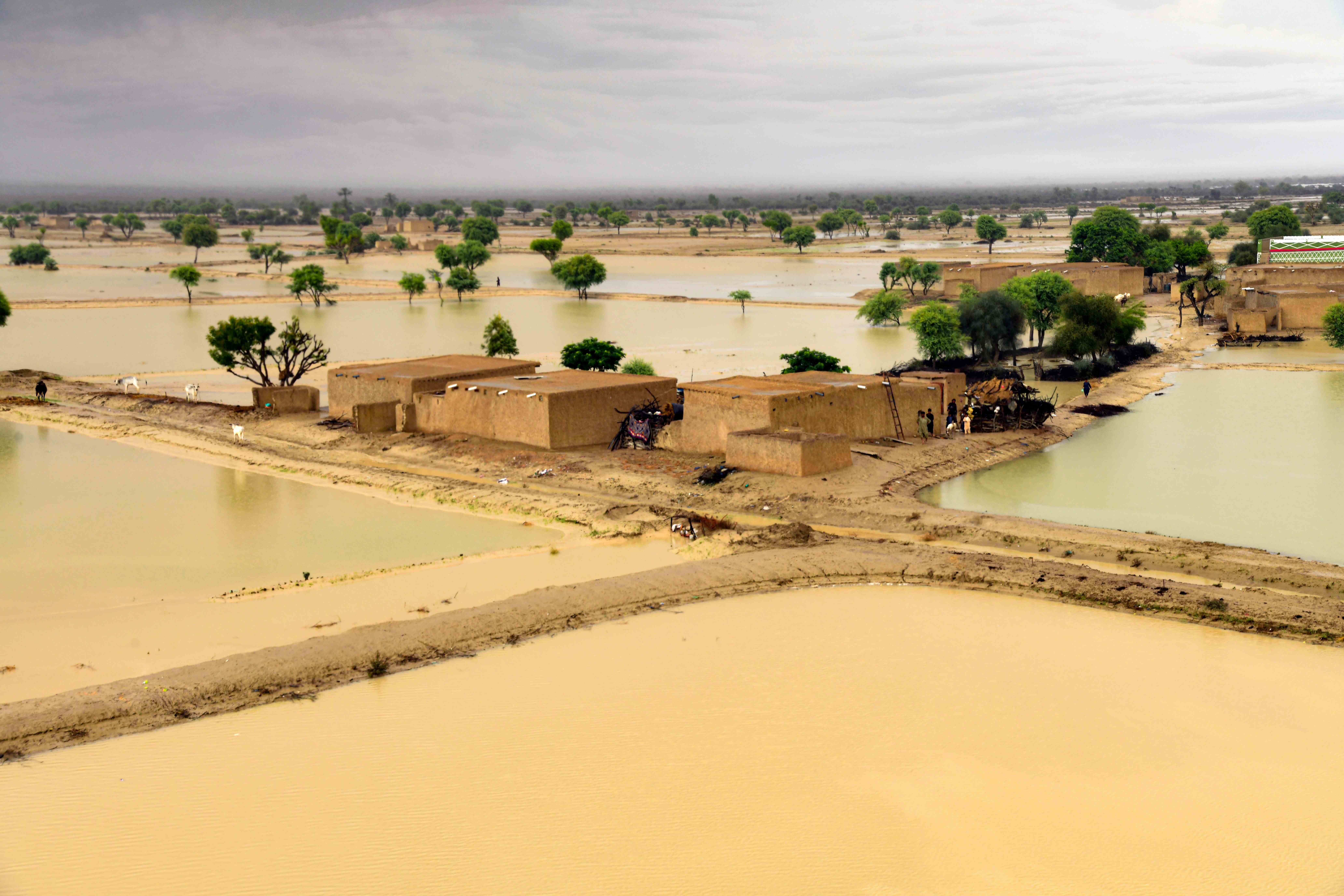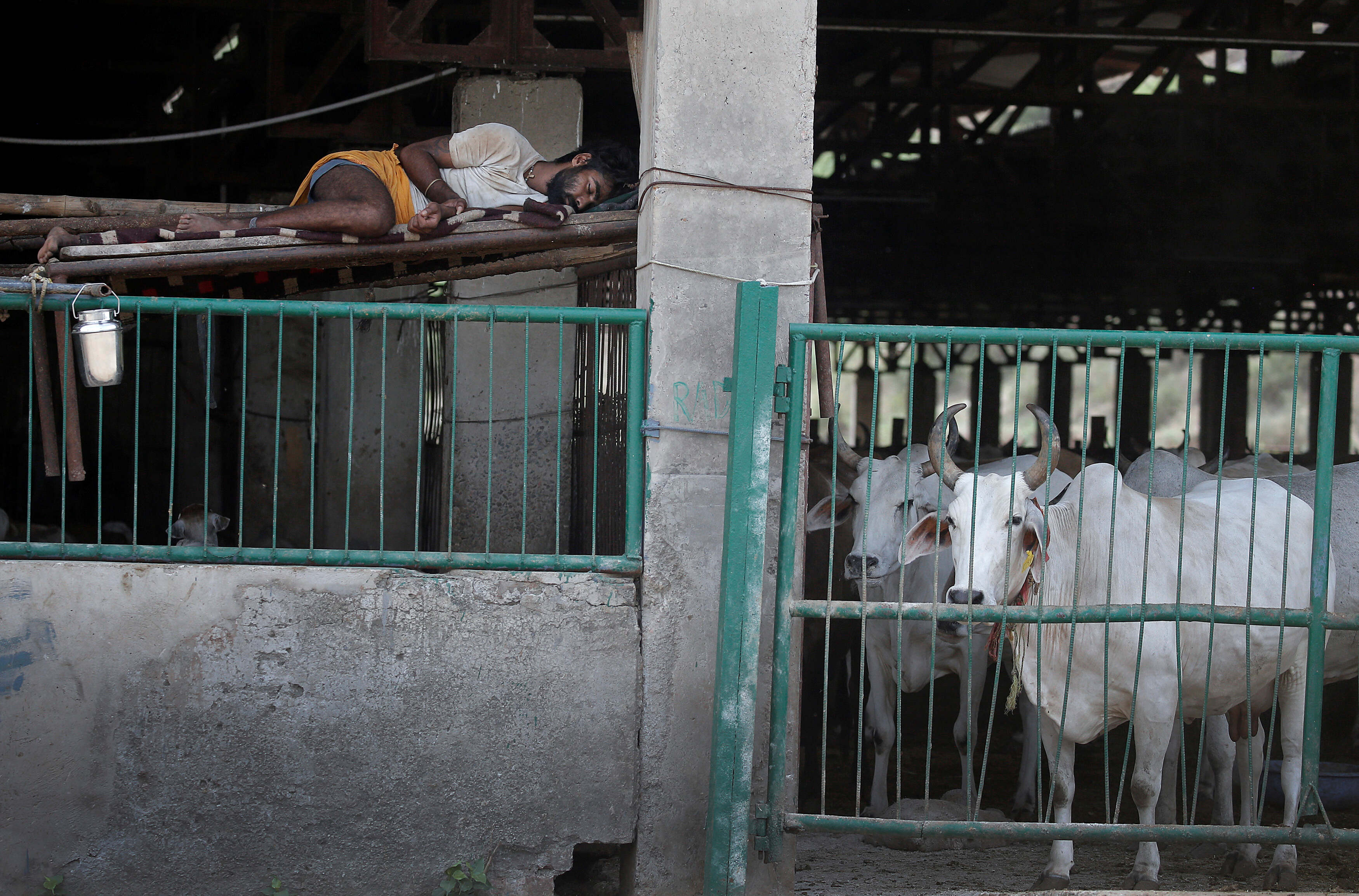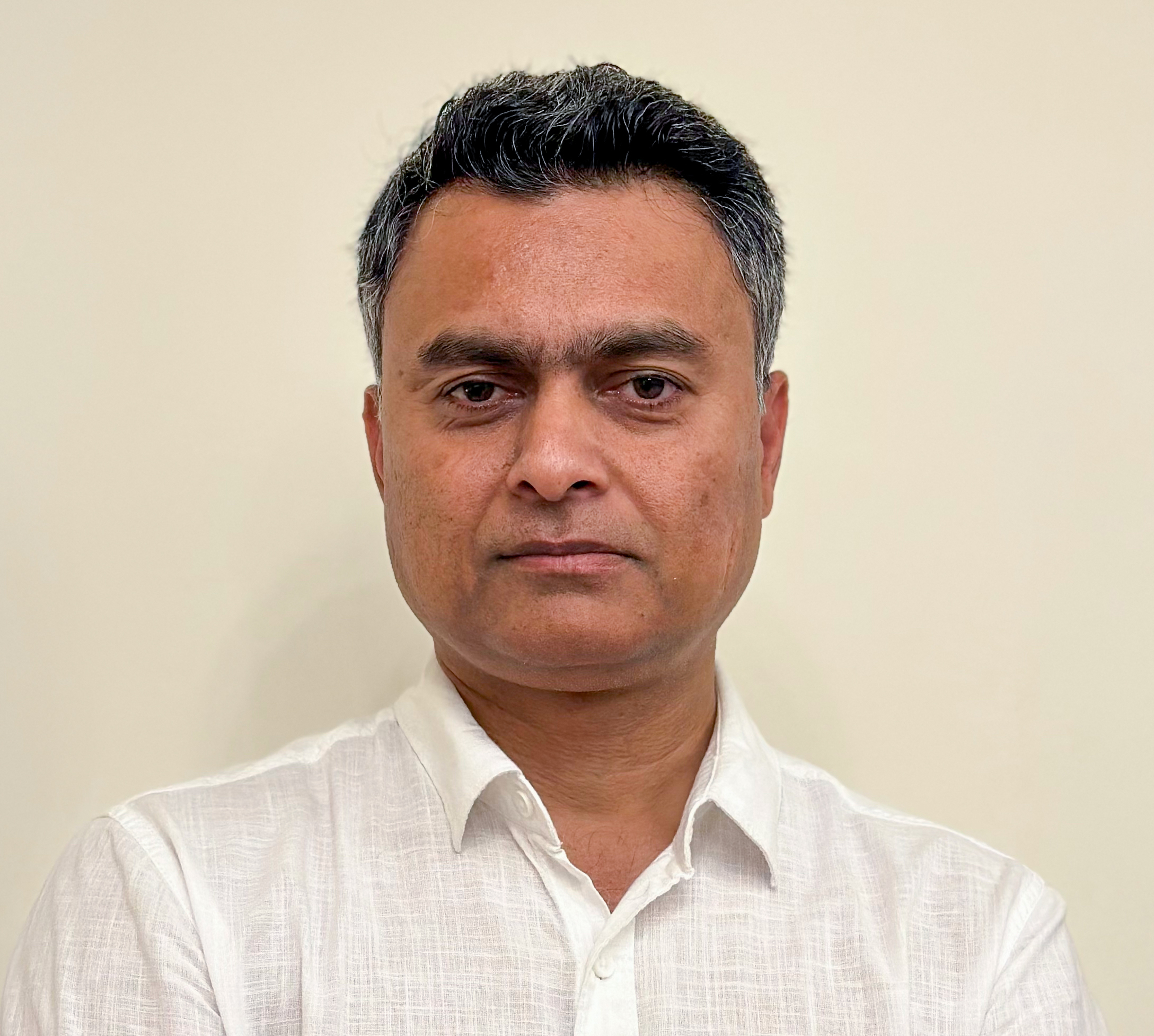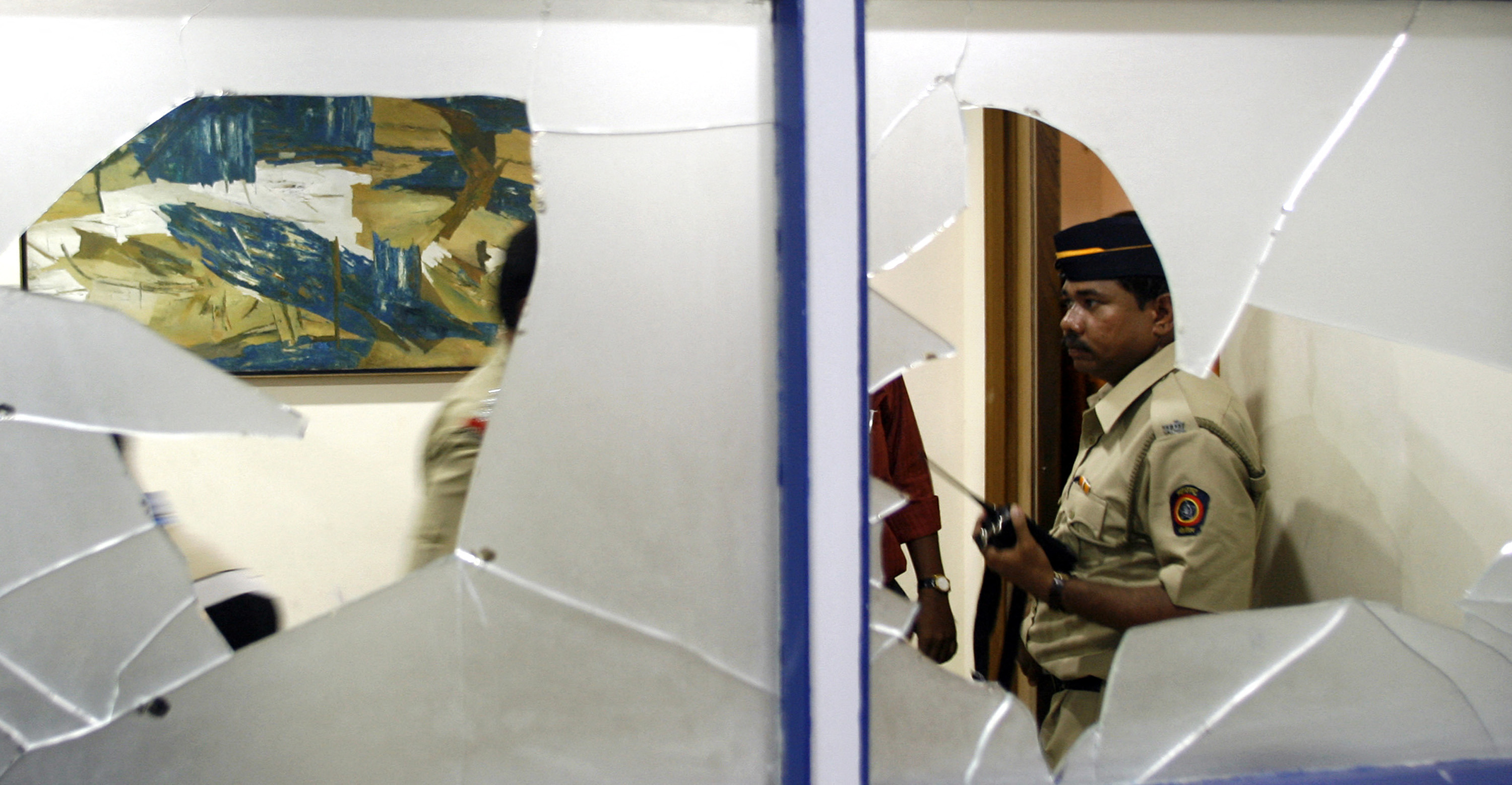تفشّت الأخبار الزائفة كثيرا في زمننا، وباتت حاضرة في كل شيء حولنا؛ ولا سيما على شبكة الإنترنت التي أصبحت عالمنا، ونعول عليها الآن أكثر من أكشاك بيع الصحف القديمة وشاشات التلفزيون. ويستفحل خطرها عند ملاحقة مجريات صراع مسلح أو انتفاضة شعبية؛ فالمعلومات سلاح في الحروب، خصوصا تلك التي تشهد تباينا في العتاد والعدد، والتي يغدو فيها الدعم الدولي عاملا مرجِّحا. وأبلغُ مثالٍ على ذلك الحاصل في فلسطين؛ فالصراع هناك يحظى بالتغطية الإعلامية الأوسع، وعرض المعلومات أكبر مما تخيلناه، لكنه مصحوب بقدر مماثل من التضليل.
تتعدد وجوه التضليل الإعلامي وأشكاله؛ فقد يأتينا على هيئة أكاذيب فجة، أو يتجلى في توظيف صور من صراعات أخرى، أو توظيف صور من زمن مختلف للصراع عينه. وليست الأخبار الزائفة جميعها واردة من مكتب إعلامي مكرّس لنشرها (نقرّ بوجود مكاتب كهذه)، وإنما تحصل غالبا جراء الارتباك، ثم تتأجج لانعدام الغربلة الكاشفة عن الأخطاء، وغياب المُراجع المُدقق للمادة، وتستشري لسهولة انتشار عنوان أو صورة بين الملايين بنقرة، وللتأييد الهائل من الآلاف والآلاف الذين يطربون حين يصدقون أمرا متسقا مع رؤيتهم للعالم.
أمست شبكة الإنترنت - خصوصا شبكات التواصل الاجتماعي يتصدرها موقع إكس (تويتر سابقا)- غابة من الفخاخ والشِّراك؛ فما أسهل أن تصطادنا فيها الأخبار الزائفة! لكن ما عسانا نفعل؟ لدينا، نحن الصحفيين، حل ناجع، أو هكذا نزعم غالبا: امتنعوا عن قراءة إكس واستعيضوا عنه بالصحف.
الصحف أماكن يفني فيها الصحفيون المتمرسون أوقاتهم في غربلة المعلومات المتاحة، والتخلي عن الملتبس منها، ثم نشر ما اجتاز فحص المعقولية. والأخطاء واقعة ولا ريب، لكنها ليست الأساس؛ لذلك يغلب على ظنك عند شرائك الصحيفة أن أحداثها حدثت حقا. بيد أنّ لصحف كثيرة تحيُّزَها الأيديولوجي، وهذا الأمر ليس حتى موضع استنكار؛ فمنذ انطلاقة أول صحيفة يومية، دأبت وسائل الإعلام على استعراض رأي سياسي ونظرة عالمية دون أن يقتصر ذلك على افتتاحياتها ومقالات الرأي، وإنما تجلّى أيضا في طريقة انتقاء الأخبار واستعراضها وترتيبها في الصحيفة. وفي وسط متنافر، سواء بسبب انتخابات وطنية أو صراع مسلح يدغدغ مشاعر القراء، تنزع وسائل الإعلام -حتى التي تحتذي منها معايير الصحافة السليمة- إلى نشر فقاعات معلومات لا تقدم للقراء إلا وجها واحدا من الرسائل، من دون أن يشكوا أنّ الآخرين يرون وجها آخر مغايرا للحقيقة.
يبرز هذا السلوك في صورة شهيرة انتشرت على شبكات التواصل الاجتماعي قبل بضع سنين؛ إذ أظهرت الصورة جنديا أمريكيا في العراق موجها سلاحه إلى رأس جندي أسير، في حين أبانت صورة ثانية السجين نفسه، في اللحظة عينها، وهو يتلقى زجاجة ماء من جندي أمريكي آخر، ولم يبدُ أي مسدس في الصورة الثانية. وصحيح أنّ الصورة الأصلية تضمنت الجنديين الأمريكيين، لكنها أوصلت رسالتين مختلفتين عند اقتطاعها يمينا أو يسارا.
لا ريب أن اقتطاع الصور ممارسة طبيعية في غرف الأخبار، وهو إلى ذلك لا يوصف تلاعبا في العموم. وكتابة القصص الإخبارية أشبه باقتطاع جزء من الحقيقة؛ فالصحفي ملزم بانتقاء بعض الحقائق من سيل جارف من الأحداث الجارية واستبعاد بعضها الآخر. والصحفي الذي يقتطع المعلومات يقلبُ الحقيقة، سهوا أو عمدا، إلى حقيقة ناقصة؛ أي إلى كذبة مكتملة الأوجه.
كتابة القصص الإخبارية أشبه باقتطاع جزء من الحقيقة؛ فالصحفي ملزم بانتقاء بعض الحقائق من سيل جارف من الأحداث الجارية واستبعاد بعضها الآخر. والصحفي الذي يقتطع المعلومات يقلبُ الحقيقة، سهوا أو عمدا، إلى حقيقة ناقصة؛ أي إلى كذبة مكتملة الأوجه.
ثمة قطاع من الصحافة يتضاءل فيه التحيز كثيرا، أو هكذا الزعم السائد؛ فوكالات الأنباء تزود خدماتها لآلاف العملاء في العالم من الصحف، والمحطات الإذاعية، والشبكات التلفزيونية، والمجلات، وتمتنع عن إيراد رأي عالمي محدد في النصوص المرسلة إليهم. ويغلب القِصَرُ والاختصار على أخبار تلك الوكالات؛ إذ تكتفي بجمع الوقائع والحقائق وتتحاشى إبداء رأي أو تقييم أخلاقي لمجريات الأحداث. فمن المعلوم، مثلا، أنّ وكالة رويترز للأنباء تتجنب وصف أي مقاتل بـ «الإرهابي» إلا حينما تورد تصريحا لشخص يُقرّ هذا المصطلح.
يُعلِمنا صحفي الوكالة بهوية مطلق النار أو الجهة القاصفة وهوية المقصوف والمكان- ونأمل أن يبين لنا السبب- لكنه لا يَسِم هذا الفعل بالخير أو الشر أبدا؛ فالخبر مرهون بتقديم حقائق ثابتة لا تفسيرات. وفي وكالات الأنباء عمليات غربلة؛ فلا توزع القصص كما كتبت، وإنما يفحصها محرر (أو أكثر) ويراجعها تحسبا لاستيفائها المعايير.
من هذا المنطلق حينما تقرأ أخبار وكالات الأنباء -من الصحف غالبا- دون إدراكك أنّها واردة منها، فهذا "يُنجِيك" غالبا من التحيز والتلاعب، لكنها للأسف ليست الحقيقة المكتملة.
هذا السلوك نفسه مستنكر أو مستحسن في عين القارئ حسب الظروف؛ فلا قيمة للحقيقة، مهما تكشّف صدقها، من دون السياق؛ فحينما ينشر أي صفحي تقريرا مفاده «أطلقت الشرطة النار صباحا على رجل وقتلته»، فسيورد فيه إن كان الضحية محتجا مسالما أم مجرما خطيرا، بيد أن الالتزام بذلك ليس يسيرا في الحروب الطويلة، فلأي درجة يغدو السياق مُهِما؟ بعض الصراعات العرقية تعبّر عن أحقاد قديمة منذ قرون غابرة، وهي بذلك تمضي في دوامة من العنف والانتقام المتواصل، فيغدو كل اشتباك أو قصف أو مجزرة ردا على حادثة سابقة من الطرف الآخر. وهنا نضرب مثلا الصراع بين أرمينيا وأذربيجان، أو بين الأرمن والأذربيجانيين؛ فالصراع بينهم قديم العهد يسبق تأسيس الدولتين، لكن إلى أي حد يسعنا الرجوع بالتاريخ لتفسير هذه الحوادث؟
يُعلِمنا صحفي الوكالة بهوية مطلق النار أو الجهة القاصفة وهوية المقصوف والمكان- ونأمل أن يبين لنا السبب- لكنه لا يَسِم هذا الفعل بالخير أو الشر أبدا؛ فالخبر مرهون بتقديم حقائق ثابتة لا تفسيرات.
متى يصبح تعويلنا على التاريخ مفرطا؟ لو تأملنا الصراعات العرقية الطابع، أو كلها بالأحرى، لرأينا تلك الجماعات تسوق في حججها ماضيا تليدا أسطوريا أكثر منه تاريخيا.
لنتدبر حالة فلسطين مجددا؛ فحينما يتناول صحفيو وكالات الأنباء القصف في غزة والمفاوضات لأجل الرهائن، فإنهم يضيفون سطرا قصيرا مفاده أنّ الصراع نشب بهجوم حماس في السابع من أكتوبر. وفي هذا اجتزاء للحقيقة الكاملة؛ فما من سلام في غزة أو الضفة الغربية قبل السابع من أكتوبر. ويستلزم شرح السياق القول إن هجوم حماس ليس إلا جولة من حرب قائمة منذ عقود. وربما يقول الإسرائيليون إنّ الفلسطينيين رفضوا مقترح الأمم المتحدة لتقسيم البلاد، لكن الفلسطينيين يعلمون علم اليقين أن الحرب لم تبدأ آنذاك، وإنما خلال العقود الأولى لعشرينيات القرن الماضي؛ ففي تلك الأيام أنشأ اليهود المهاجرون من أوروبا ميليشيات مسلحة لإقامة دولة في أرض غيرهم. وقد يتأتى لبعض الإسرائيليين القول إنّهم «عادوا» إليها بعدما طردهم الرومان منها في القرن الأول، بيد أنّ هذا الادعاء ليس حقيقة تاريخية وإنما محض خيال باتفاق المؤرخين، لكنه راسخ ومتأصل في أذهان الإسرائيليين.
لا قيمة للحقيقة، مهما تكشّف صدقها، من دون السياق؛ فحينما ينشر أي صفحي تقريرا مفاده "أطلقت الشرطة النار صباحا على رجل وقتلته"، فسيورد فيه إن كان الضحية محتجا مسالما أم مجرما خطيرا، بيد أن الالتزام بذلك ليس يسيرا في الحروب الطويلة، فلأي درجة يغدو السياق مُهِما.
ربما تدرك الآن أنّه يتعذر إيراد هذه المعلومات كلها في النصوص المرسلة من غرف الأخبار لدى وكالات الأنباء، التي تؤدي عملها وفق ضغط زمني هائل، وتولي عنايتها للتثبت من تفاصيل أحدث التطورات والحوادث ضمن دوامة حرب طويلة. ولا يتسنى لنا غالبا إدراك غياب السياق؛ فبعد العمل لسنين طويلة مراسلين مسؤولين عن تغطية الصراع، ننخرط بشدة في الحالة فلا نميز بين الأمور الواجب تفسيرها، والأمور القابلة للتجاهل لأنها من المسلمات (أليس من المسلّم به أنّ الحرب كانت دائرة في غزة قبل السابع من أكتوبر؟). وحري بأخبار وكالات الأنباء أن تكون موجزة وقصيرة؛ فعوضا عن استبدال القصص الصحفية المُحكمة الكتابة، ينبغي أن تكون مواد أولية يتلقفها محرر الأخبار لدى وسائل الإعلام العميلة، وليس أمام أولئك المحررين متسع من الوقت لتصفح عدد كبير من الصفحات؛ لذلك تحدد الوكالات قصصها الإخبارية بعدد يتفاوت بين 300-400 كلمة للقصة الإخبارية العادية، و700 كلمة لقصة أطول وأعمق. ومن المفارقة استخدام كلمة «أعمق» في هذه الحالة، ولا سيما عند اختصار صراع قرن من الزمن في صفحة واحدة.
يعي معظم الصحفيين أنّه لا محيد عن هذه القواعد، وإن كانوا مستائين منها بحسب كلام أندريس مورينزا، وهو مراسل إسباني يعمل في تركيا لصالح وكالات وصحف يومية. يقول مورينزا: "الميزة الأهم للعمل في صحيفة بدلا من الوكالة هو تخصيص مساحة أكبر للسياق، وإعانة القارئ على الإحاطة بالأحداث التي تكتب عنها، ولا سيما في زمننا حينما نكتب غالبا في النسخة الإلكترونية للصحيفة، فلا نتقيد بحد معين لطول النص". ويضيف قائلا إنّ الصحيفة قلّما تكتب يوميا عن الصراع نفسه؛ لهذا يتعين علينا الانتظار وجمع المواد ريثما تسنح لنا الفرصة لذكر الموضوع مجددا. أما وكالة الأنباء فترسل يوميا أخبارا عديدة عن الموضوع، فإذا جُمعت هذه الأخبار معا، بات أقدرَ على تكوين صورة متعددة الجوانب للصراع، لكن هذا القول يظل مجرد افتراض باعتراف الصحفي الإسباني؛ فالحقيقة أنّ "معظم تلك النصوص الإخبارية تضيع بين الكم الهائل من الأخبار المرسلة، وقلمّا يقرأها أحدهم".
لا تُغني كمية الأخبار المرسلة عن الجودة، وهذه الأخيرة مرهونة بالمساحة المخصصة. فالخلاصة أننا، معشر الصحفيين في وكالات الأنباء، نصوغ عناوين رئيسية تؤثر على الرأي العام العالمي من دون توفير الأدلة اللازمة للإحاطة بها وتفسيرها. وهذه الحقائق التي ننشرها- تلك الحقائق الصادقة كما ندعي بفخر- سيوردها ويفسرها خطاب مراوغ من الساسة، وخبراء التلفزيون، ومؤثري وسائل التواصل الاجتماعي. وربما يُشيِّد بها أولئك الناس صرحا من الأكاذيب!
الخلاصة أننا، معشر الصحفيين في وكالات الأنباء، نصوغ عناوين رئيسية تؤثر على الرأي العام العالمي من دون توفير الأدلة اللازمة للإحاطة بها وتفسيرها. وهذه الحقائق التي ننشرها سيوردها ويفسرها خطاب مراوغ من الساسة، وخبراء التلفزيون، والمؤثرين. وربما يُشيِّد بها أولئك الناس صرحا من الأكاذيب!
إننا نؤسس مجتمعا مطلعا على كل شيء دون أي فهم أو إلمام؛ أي مجتمع سهل الانقياد والاقتناع بما تريده مؤسسة أيديولوجية قوية. وإدراك هذا الأمر، حسبما أرى، يحدو بمراسلين كثر إلى تأليف كتاب بعد سنين طويلة من كتابة قصص إخبارية قصيرة؛ إذ يشعرون حينئذ أنهم سيخبرون القراء بمجريات الأمور حقا. وأعتقد أنني سأحذو حذوهم، لكن كم قارئ للكتب في عصرنا؟
اعذرني أيها القارئ لأنني أرى المعضلة ولا أرى حلها.
